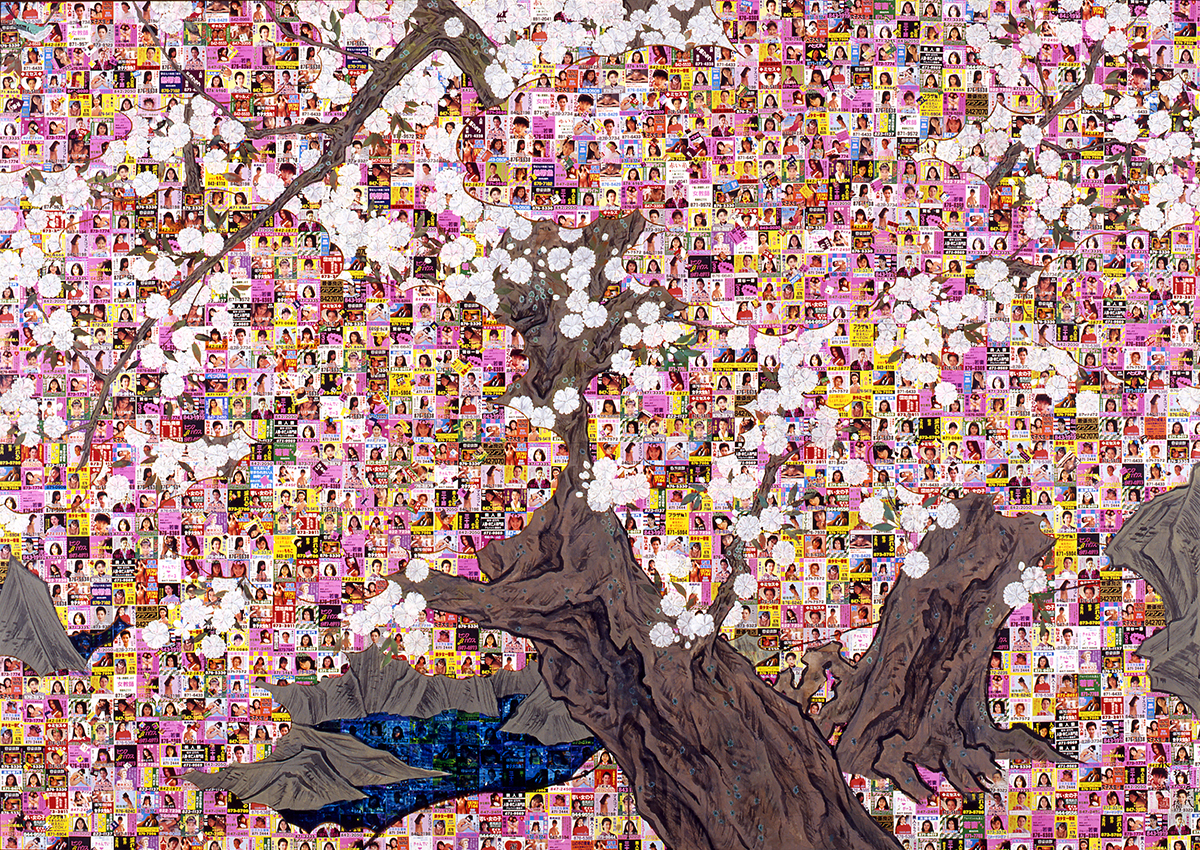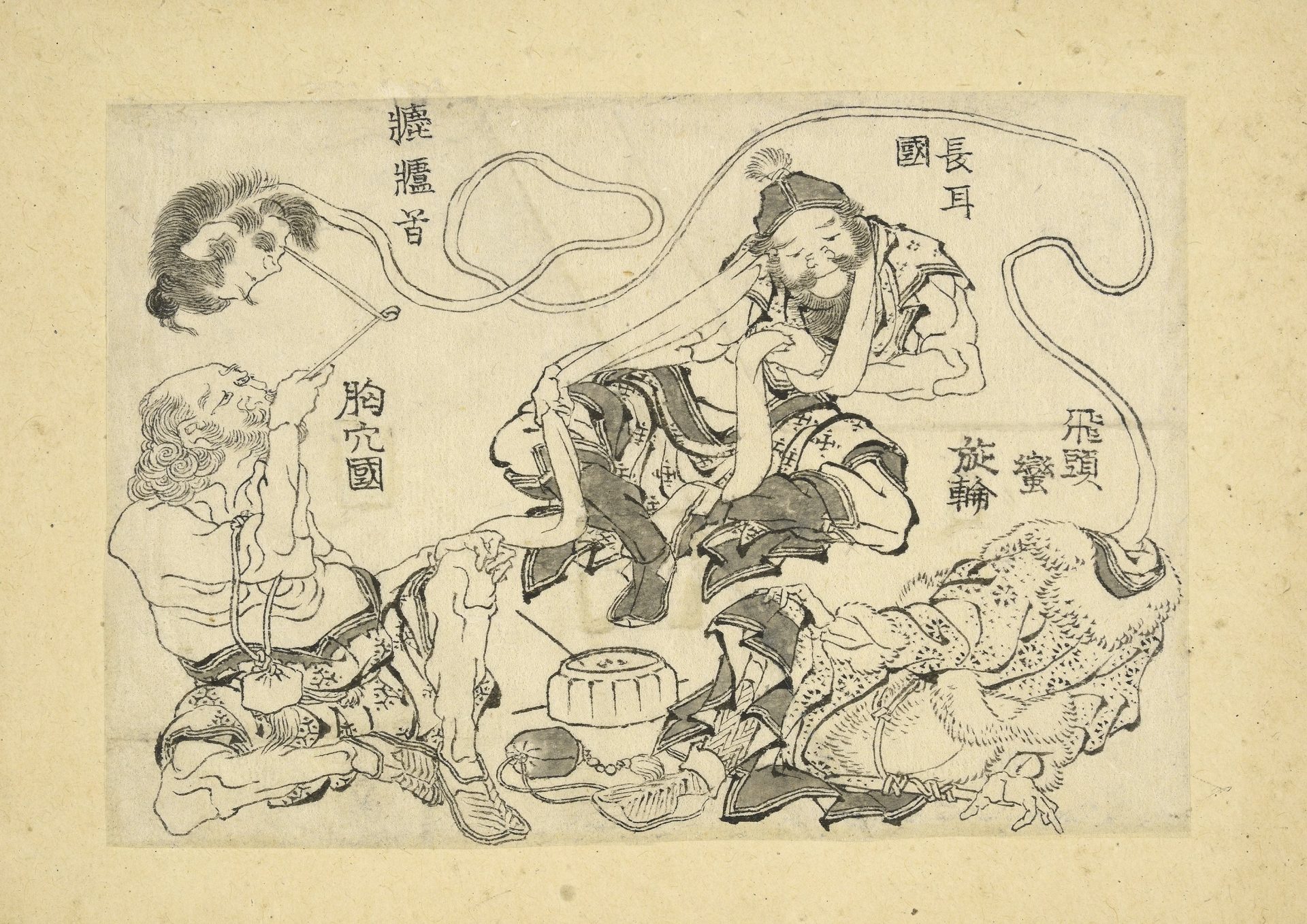Nothing speaks to the soul of Tokyo more than cherry blossom, so what better way to make an entrance to an exhibition about the city than a walk through a dense canopy of the pink, white and lilac petals?
This efflorescent tunnel, the inspiration of photographer Ninagawa Mika, makes a fitting and fabulous opener to the Ashmolean Museum’s exhibition, Tokyo – Art and Photography. Just as the springtime outburst of blossom symbolises the fleeting nature of life it also represents hope and renewal which characterise Tokyo.
The exhibition is a celebration of 400 years of the city’s story told in wood prints, paintings, photography and film. It reflects centuries of creativity, style, sex and squalor told against the chaos of floods, fires and earthquakes and the bombs of the Second World War which on March 9, 1945, killed 83,000 people and left 1.5 million homeless.
Where better to start than with the works of the wood block artists of the 19th century, such as Utagawa Hiroshige (1797 -1858) and Katsushika Hokusai (1760- 1849). Hiroshige’s sublime series of wood prints reflect an apparently ordered, untroubled existence but they were published just after the Great Ansei Earthquake of 1855 which killed more than 6,000 people and led to most of the city being destroyed by fire.
It was after another earthquake, the Great Kanto of 1923, that a group of eight artists got together to revive the traditional wood print skills in One Hundred Views of New Tokyo (1928–32). The result is looser, less precise than the old masters, but there is the same sense of renewal in the celebration of a dynamic city recovering from the devastation with scenes of a new railway station, a port and a baseball game as well as fashionable scenes of leisure and entertainment.
That all came crashing down with the bombing raids of 1945. The nightmare is uncompromisingly exposed in a panorama of devastation in Tokyo, Fall of 1945 by Kimura Ihei.
But, again, the city proved its resilience. Tokyo Tower (1959) by Kasamatsu Shiro is an expression of a burgeoning confidence as the city celebrated what was its tallest building at the time and is still one of its most familiar landmarks.
There is a dark side. In the 18th and 19th centuries, Tokyo was a scene of entertainment and illicit pleasures. Kabuki actors, the reality TV stars of their day, were portrayed by artists such as Utagawa Kuniyoshi whose close-ups of their heroes had the fans flocking to the theatres while 4,000 prostitutes plied their trade in a red light district of 100 brothels.
It was all highly romanticised but there is nothing romantic about the 21st century version. In a vivid work by Aida Makoto, boughs of orange blossom almost hide the sex cards placed by prostitutes in telephone boxes. They are an area known as the Valley of the Nightingales. Today the Yakuza, the Japanese mafia have moved in and it is overrun with love hotels and prostitution.
Tokyo, Art and Photography is at the Ashmolean, Oxford, until January 3. Book available from museum bookshop: £25




